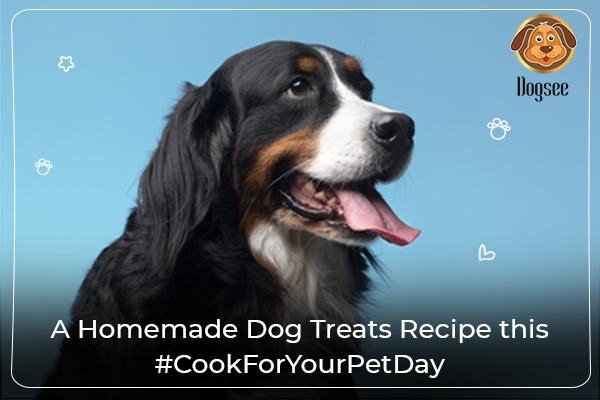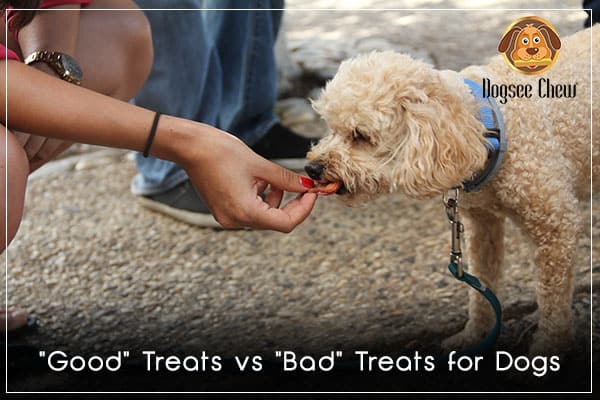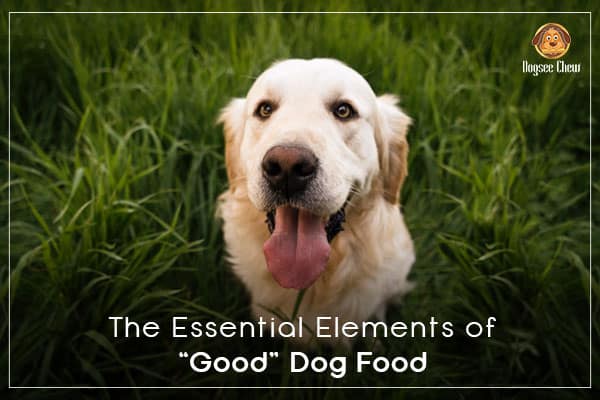If you are a pet parent, chances are that you know how your dog’s face lights up after hearing the word “treat” from your mouth. As pet parents, we understand that treating is inevitable, whether for training, to reward good behaviour, to incentivize exercise or just to make them happy and excited. Yet, many of us struggle with creating a balance between treating and providing nutritional value.
Therefore, treats don’t always have to be looked at as ‘necessary evils’. While there definitely are many bad and unhealthy treats out there, alternatives that are good and nutritious are also available. As a dog parent, it’s your responsibility to provide your dogs treats that are healthy. Most of the information that you need to know to differentiate between good and bad treats will be present at the back of the packets.
Ingredients are key to gauging the quality of treats, while there are other aspects to be considered as well such as calorific content, nutritional value and source of ingredients. To start off, it’s a good practice to read the labels of the dog treats to get information about each of these factors. This will help you determine the quality of the dog food you are offering your dog.
Factors that Make a Treat Good or Bad
1. Ingredients
The best way to know which ingredient works and which doesn’t for your dog is to flip the packet and check the pet food label. It is especially important to look at the first set of ingredients since they comprise the prime component of the dog food and thus must be of the highest quality.
The best quality ingredients are those which are natural, organic and free from chemical preservatives or artificial flavouring. In addition, there are some ingredients like pumpkin, yak cheese etc, which are very high in a few important nutrients, which we will get into in detail soon.
2. Calorific Content of Dog Treats
The ingredients are not the only aspect of a healthy treat. The quantity is an equally essential factor. On an average, dogs require about 30 calories per pound of body weight per day to maintain their body weight. For smaller dogs weighing less than 20 lbs, the calorie intake can be around 40 calories per pound per day. For larger ones weighing over 50 lbs, the calorie intake can be 20 calories per pound per day. It is ideal to feed your dog these calories in 2-3 meals a day rather than only one large meal.
3.Nutritional Value
It is important to understand the unique nutritional needs of dogs which would depend on his/ her age, breed, lifestyle and health conditions if any. There are various elements of good dog food that when included, will help your dog attain those nutritional requirements. An ideal treat is one that complements his dietary needs, instead of providing low-value fillers and unnecessary and often harmful calories.
4. Source of Ingredients
There has been a lot of flak, and for good measure, received by various brands for questionable sourcing of ingredients used in dog food. Therefore, it may often be a good idea to do some quick research on the brand. It is ideal to select only premium products that you can trust source responsibly.
Some Superfoods that make a Dog Treat Great
Some ingredients are known to be especially good for dogs due to their nutritional value are. If you get your hands on treats with such ingredients, you can count on it being a great treat; with other factors taken care of. Some of these are:
Pumpkin
Filled with healthy oxidants as well as vitamin C and E, pumpkins help in cataract and heart problems in pets. They also aid in weight loss and digestion.
Peanut Butter
A favourite of dogs, peanut butter is loaded with protein, vitamin B and E, niacin and healthy fats that are good for your pet’s heart. Be careful to choose unsalted, sugar-free and light peanut butter.
Yoghurt
Apart from being high in protein, yoghurt also contains active bacteria that acts as a probiotic and helps in digestion.
Oats
Oats have several benefits for pets. Not only are they gluten-free, but also filled with soluble fibre that helps in preventing digestive problems in older dogs. They also aid in maintaining healthy skin and a shiny coat.
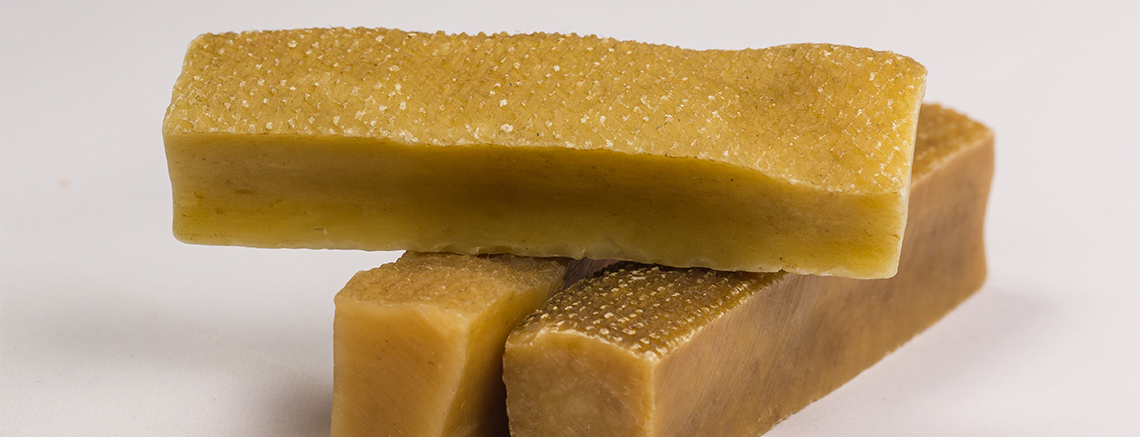
Yak Cheese
Yak cheese is a great source of protein, healthy fats and Omega-3 fatty acids. Known as Churpi, they are completely natural and organic. They are naturally hypoallergenic and gluten-free, thus also easy on the stomach. There are various other health benefits of these treats as well, like oral hygiene, and therefore, it may be a great idea to start including yak cheese in your dog’s diet.
What Makes a Treat Bad
While checking the ingredients list, it’s also important to know which ingredients to avoid.
Preservatives
Preservatives are used to extend the shelf life of any food but needless to say, can severely increase the danger of toxicity of the food. Ethoxyquin, for example, is one of the more noxious artificial preservatives that every pet parent must be watchful of. Repetitive consumption of this food can cause severe liver and blood troubles.
Artificial Colours
Pet foods sometimes contain artificial colours like Red #40 and #Blue 2. These colours are extremely harmful for dogs and Red #40 has been declared carcinogenic too.
Sweeteners
No doubt your dogs love those biscuits with sugar and other sweeteners. However, most of these pallette treats are high in calories and don’t add much nutritional value. Therefore, it is good to avoid such treats as much as possible.
Whole Grain Corn
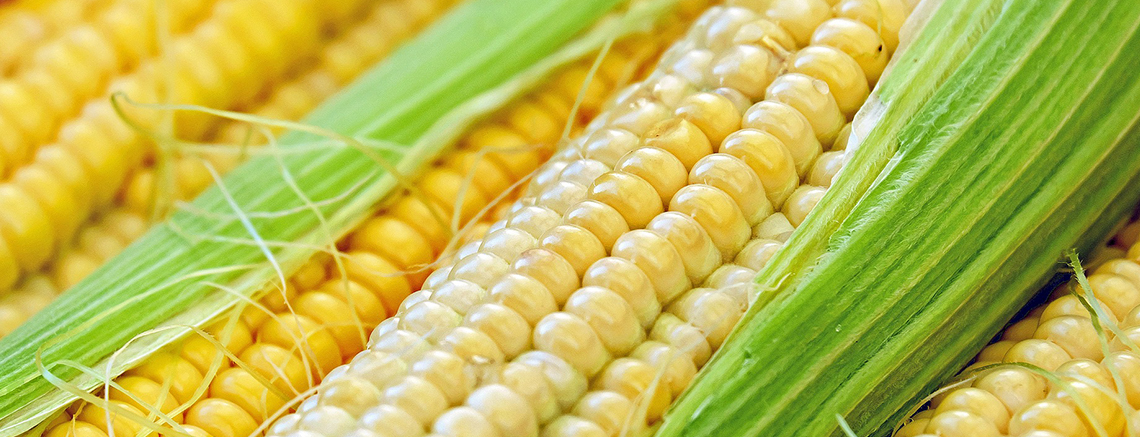
Most pets are allergic to corn. They are used as cheap fillers in pet food and are not at all healthy.
Wheat Gluten
Another unnecessary ingredient devoid of any nutritional value, wheat gluten is used mostly as a cheap protein source and a filler. Most treats that are grain-free will definitely mention so in their packaging and will the better alternative for your little one.
Propylene Glycol
These are a part of chemical humectants and extremely harmful for dogs. They are used as preservatives and sweetener in pet foods.
Rawhide
Basically procured from by-products of the leather and/ or other meat related industries, these treats contain additives, preservatives and artificial colouring. What’s worse, due to unethical sourcing and manufacturing, many of these treats are contaminated and contain traces of dangerous toxins. Often lead, mercury and arsenic have been detected in these products. They can cause choking and digestive obstruction in your dogs. If you already feed your this to your dogs, then you should stop immediately.
With a sea of options available to choose from, it’s our responsibility as a pet parent to choose the good dog treats from the bad ones. It will be good to always remember that these choices will dictate the quality of life our dogs lead. Therefore, go ahead and do your due diligence before swiping your card on any dog food, and treat well!

